
Galapagos
Wildlife
Watch our 2 minutes overview of wildlife experiences
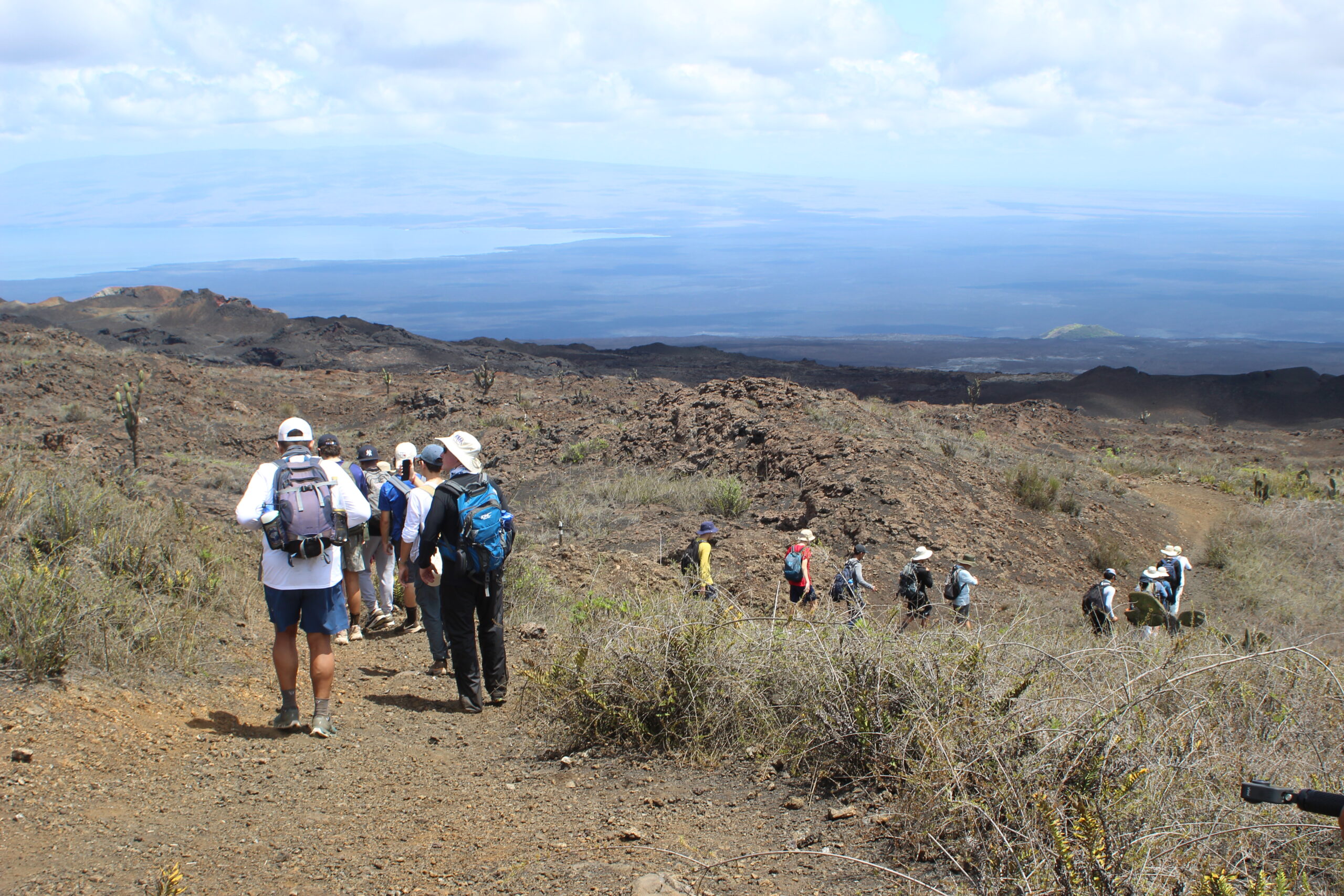
Galápagos Wildlife is a means of eco-adventures activities of protection from human impact. It is a form of low-risk impact primarily used to hedge against the risk of exctintion, or uncertain loss.

Galápagos Giant Tortoises
The islands are named after the tortoises. Galápago is an old Spanish word for "saddle" and several of the species.
Islands: Santa Cruz, San Cristobal, Isabela, Española y Pinzon
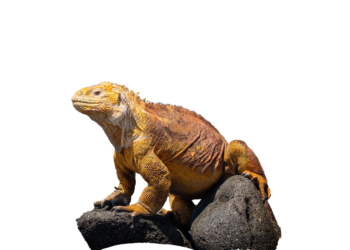
Land Iguanas
The Dragons of Galápagos Islands vary in size and coloration but arer generally a pale to dark yellow, even Pink Iguanas are found.
Islands: Santa Cruz, North Seymour, Plaza Sur, Isabela and Santiago.
Finches
Darwin´s finches are a good example of adaptive radiation. They reside on different islands, and different species.
Islands: All Islands.
Mockingbirds
Darwin's muse or mockingbird was the inspiration to devolp Natural Selection process by Charles Darwin.
Islands: Floreana, San Cristóbal, Española, Isabela, Santa Cruz
Owls
In flight, both species Barn or Short-eared owl have broad silent wings and when seen at night is almost difficult to spot it.
Islands: Santa Cruz, Isabela, Floreana, Genovesa.
Galapagos Hawk
The only resident hawk and top predator of Galápagos. Carnivorous. Feed on number of birds, small mammals, and lizards.
Islands: San Cristobal, Floreana, Santiago, Isabela, Fernandina.

Land Animals Today
The endemic land animals in Galápagos they suffered significantly from the arrival of their ancestors. One of the most attractive features of our eco-adventures is that you can identify most especies without being an expert during biking, kayaking, or hiking activities.
BIRDWATCHING
Bird life in the Galapagos is much more abundant and varied simply for the fact that it was much easier for birds to reach the islands than reptiles or mammals.
COASTAL EXPLORATION
The coastal waters of the Galapagos archipelago have been of scientific interest for the last 30 years, however, the depths of the Marine Reserve have remained little explored and studied.

Galapagos
Sanctuary
Watch our 2 minutes overview of water activities.
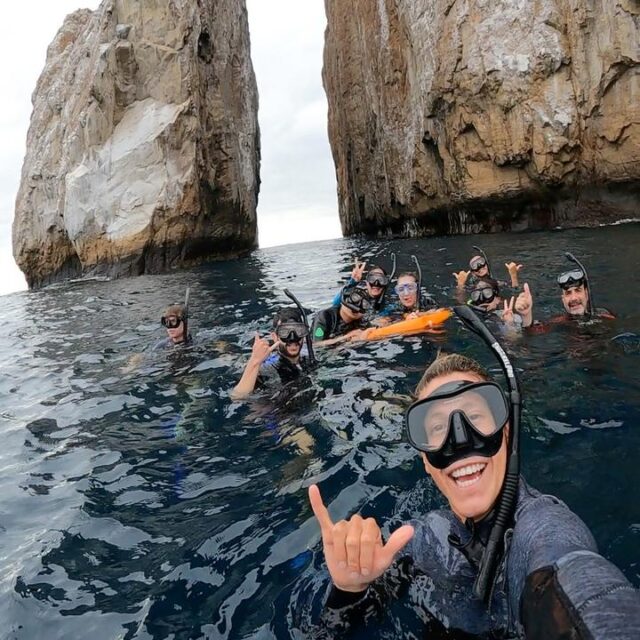
Galápagos Sanctuary is a means of eco-adventures activities of protection from human impact. It is a form of low-risk impact primarily used to hedge against the risk of exctintion, or uncertain loss.
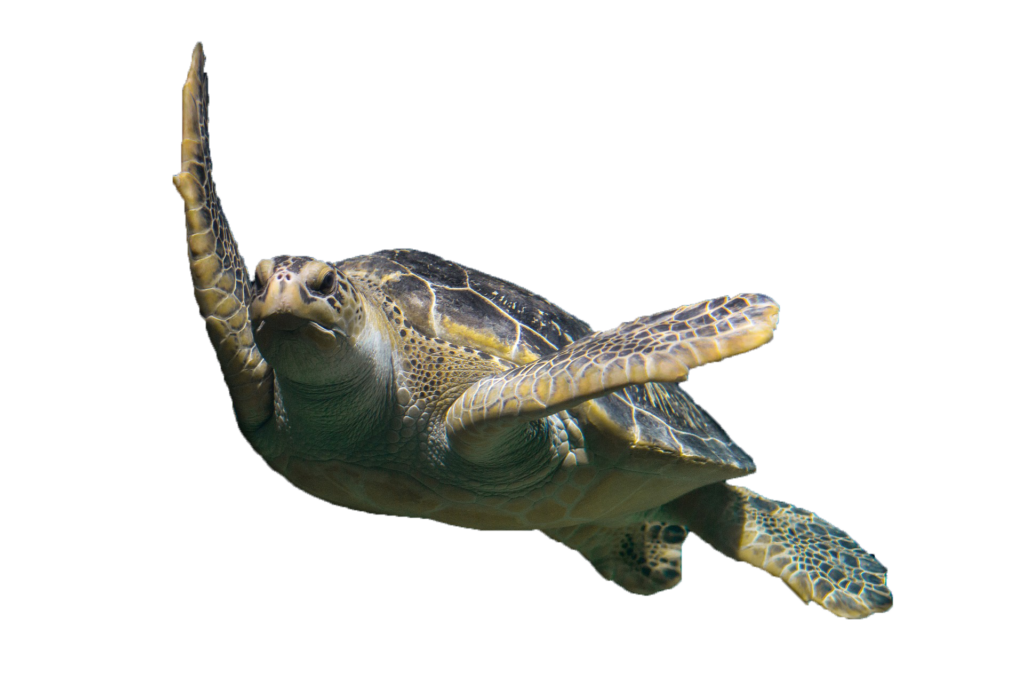
Sea Turtles
They spend most of their lives in shallow lagoonsand waters around islands, though they are frequently spotted in the open sea between the islands.
Islands: Isabela, Santa Cruz, North Seymour, Pinzon, Santa Fé.
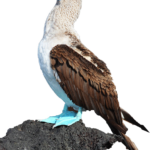
Boobies
Large diving seabirds with dagger-like bills in the same family as the Gannet found in both the Northern and Southern Hemispheres.
Islands: North Seymour, Bartolome, Isabela, San Cristóbal.
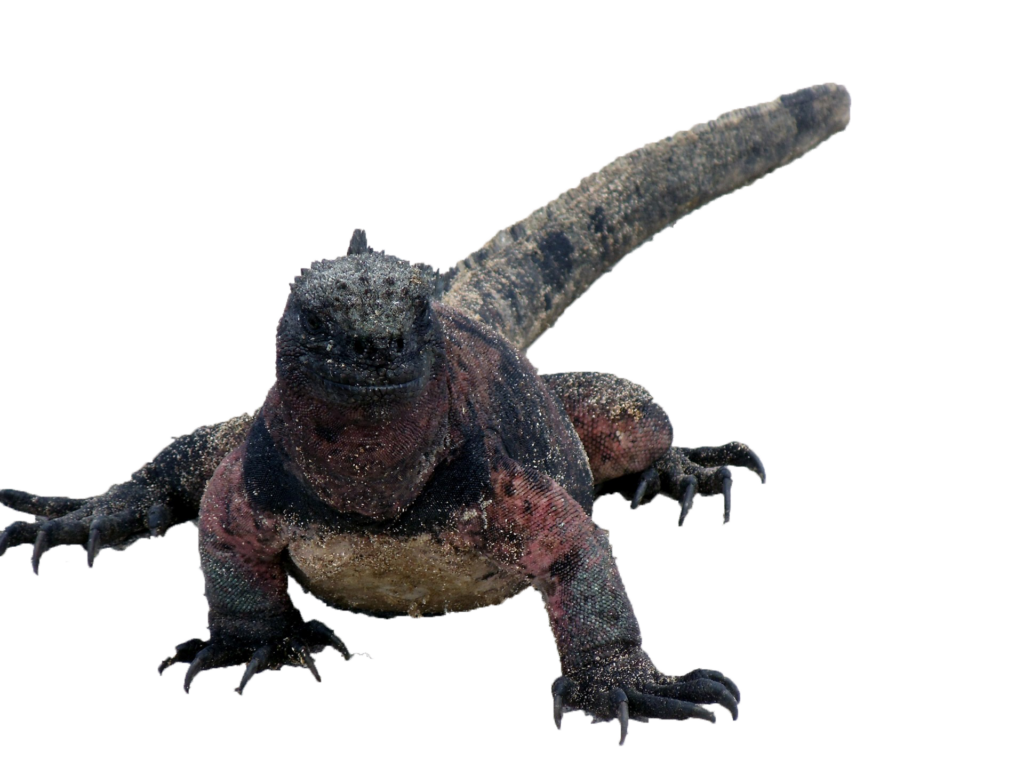
Marine Iguanas
The world´s only sea-going lizard, and is found on all of the main islands. Survival is quite an achievement and their diet is about algae and seaweed.
Islands: Santa Cruz, Bartolome, North Seymour, Plazas Sur.
Penguins
One of the smallest penguins in the world; it is the only penguin to breed entirely within the tropics, and the only one to be found in the northern hemisphere.
Islands: Bartolome, Isabela, Floreana, Sombrero Chino, Fernandina.
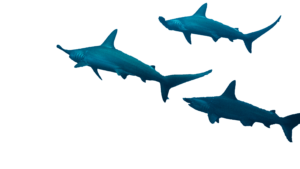
Sharks
All underwater species are protected and should not be approached closely or disturbed. The shark most likely to be seen by snorkellers are white-tipped reef shark.
Islands: Pinzon, Santa Fe, Isabela, Daphne Major, Bartolome.
Whales and Dolphins
Some 24 species of whale and dolphin have been recorded in Galápagos, and it is almost certain that other species are present from time to time, but identification is difficult.
Islands: San Cristobal, Bartolome, North Seymour, San Cristobal.
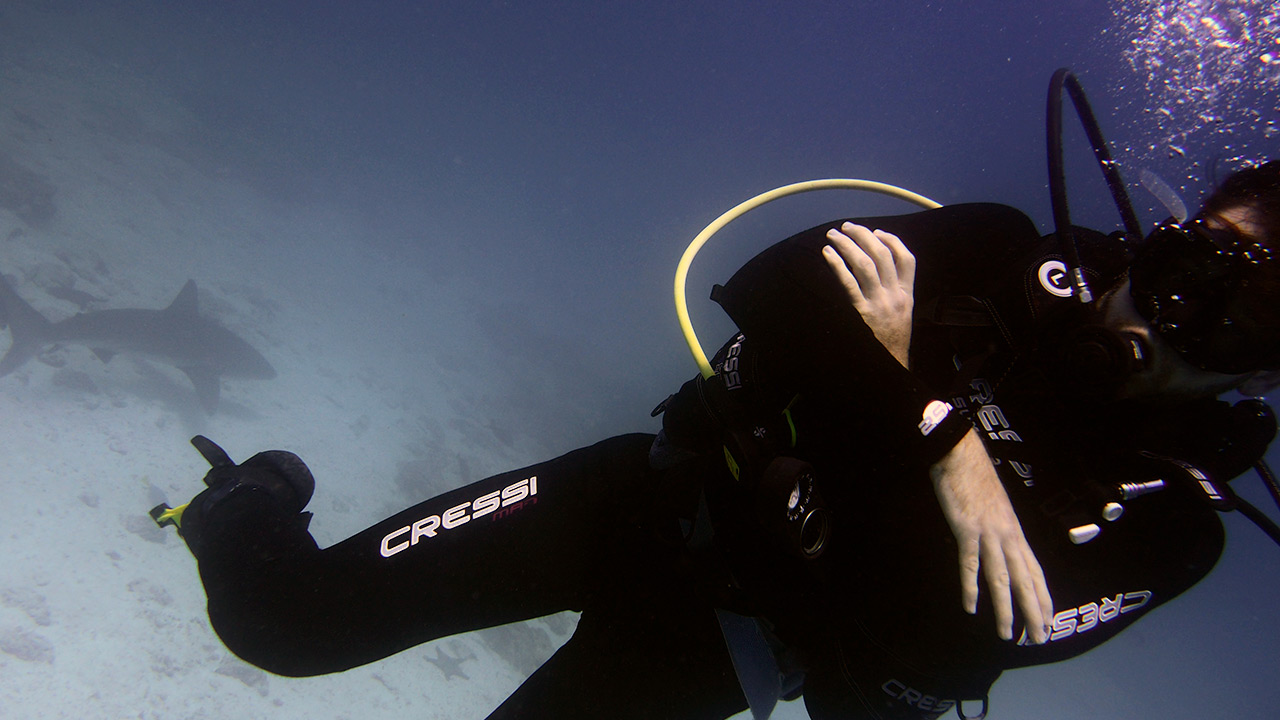
Sea Animals Today.
The chief influences on the climate of the Galápagos Islands are the ocean currents. It is a cool and saline and creates very cool water conditions around the western side of Galápagos. This is favoured area for whales and dolphins.
Snorkeling
Pristine waters, lush flora and fauna, unique wild and marine life, all make the Galapagos Islands one of the best snorkeling spots in the world.
Whether exploring the Galapagos Islands on your own or enjoying a stay with us, you’ll want this Galapagos snorkeling guide as your companion to ensure you take in all the islands have to offer.
Scuba Diving
Waters are cooler and a bit rougher due to the wind, but taking a dive is definitely worth it! Due to the rich underwater currents that visit the archipelago during the cold season, marine wildlife is much more active.
A wetsuit is always an option so you can still comfortably enjoy Galapagos Diving!